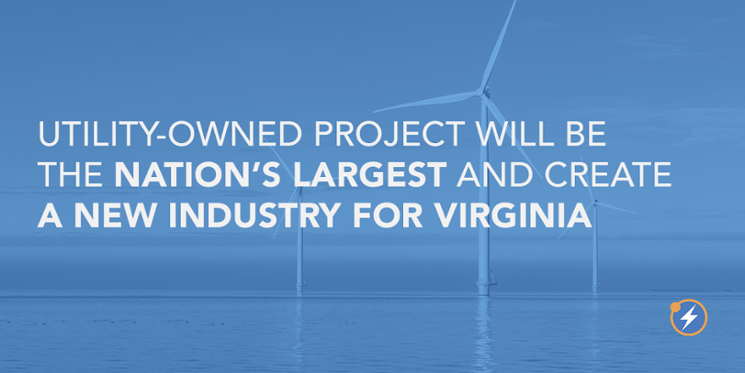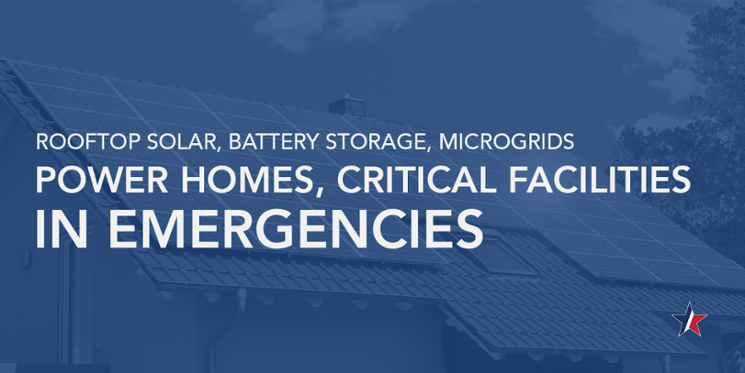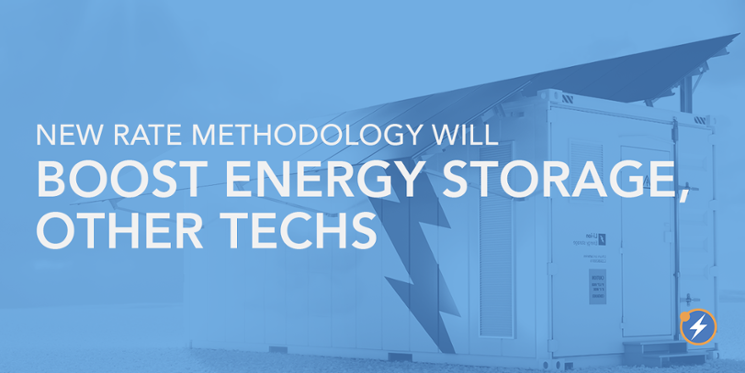
2022 has been a banner year for clean energy, with several important policy, market, and geopolitical drivers shifting the conversation. Electric building heating technologies are no exception and as the use of natural gas declines in response to these trendlines, a lot remains “TBD” on how to transition away from the fossil fuel. Because the decisions we make today will lock in infrastructure and costs for decades, state policymakers are beginning to reexamine the way we plan and pay for the use of gas in buildings today. They need new tools, and AEE is here to help.
Read More
Topics:
Regulatory,
Energy Efficiency,
California,
Nevada,
Massachusetts,
Rhode Island,
Washington,
Hawaii,
Minnesota,
Wisconsin,
New York,
Federal Priorities

On Friday, August 5, Virginia’s State Corporation Commission (SCC) provided its stamp of approval for construction of the Costal Virginia Offshore Wind (CVOW) project – a 2.6 GW wind farm located 27 miles off Virginia Beach. For Virginia, the project is cause for excitement, for its jobs and cost savings benefits, as well as its key role in the Commonwealth’s clean energy future. But as it will also be the first offshore wind farm built and owned by a regulated utility, and carrying a big price tag, it calls for particular scrutiny. And in SCC’s review and final order, that’s what it got.
Read More
Topics:
State Policy,
Regulatory,
Virginia,
Offshore Wind

With 2022 more than halfway through, AEE returns with the latest edition of its biennial top utility regulatory trends roundup. Utility regulatory commissions across the country have been off to a busy start, navigating supply chain hurdles, inflationary pressures, extreme weather events, and the accelerated adoption of clean energy technologies. With PowerSuite, AEE’s policy tracking platform, we cut through the noise to provide insights on the trends shaping utility regulation this year and in years to come.
Note: some links in this post reference PUC filings and other documents in AEE's software platform, PowerSuite. Click here and sign up for a free trial. PowerSuite – policy tracking by policy professionals.
Read More
Topics:
State Policy,
Utility,
Regulatory,
Advanced Transportation,
Pennsylvania,
Decision Maker Engagement,
California,
Nevada,
North Dakota,
Vermont,
Oregon,
Minnesota,
North Carolina,
South Carolina,
New York,
Michigan

In the winter of 2021, Texas experienced firsthand the dangers of an electric grid dependent on the seamless functioning of a small number of large, weather-vulnerable generation sources. The inability to meet the energy needs of over 70% of the state amid a winter weather crisis signals the system’s clear need for reform; so, too, the unseasonable heat waves that hit Texas this spring, which pushed grid power to its limits. With large traditional power plants taking at least six years to become operational, Texans need adaptive solutions that will meet their needs today. In the face of rapidly growing electricity demand, uncertain forecasting, and aging infrastructure, a new TAEBA report demonstrates the power of distributed energy resources as clean, low cost, and resilient tools poised to bring Texas into the 21st century of electricity provision.
Read More
Topics:
State Policy,
Regulatory,
Texas Advanced Energy Business Alliance,
Texas

On March 16, the New York Public Service Commission quietly adopted a significant advancement in rate design. It did so as a result of a long proceeding on standby and buyback rates, in which AEE argued that owners of distributed generation not eligible for net metering (such as standalone storage facilities and institutions with combined-heat-and-power systems) were being overcharged for the customer-specific components of those rates. While the PSC action seemingly addressed a technical matter, the impact is a big win for advanced energy in New York, as it will lead to new rates much more favorable for a range of distributed energy resources (DERs).
Read More
Topics:
State Policy,
PUCs,
Utility,
Regulatory,
New York




